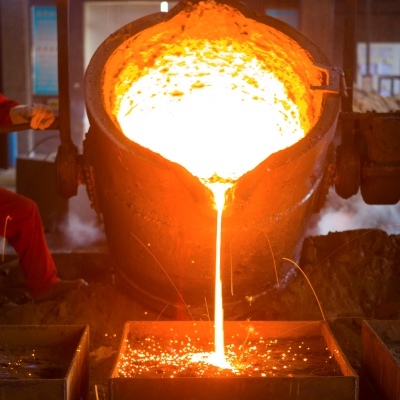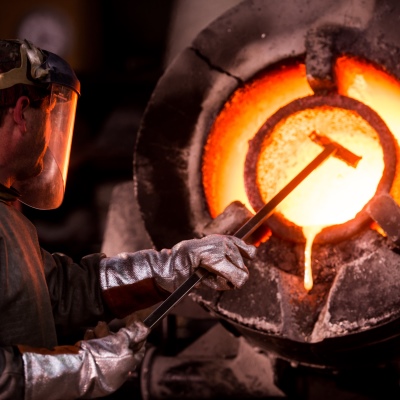The steel supplier industry uses graphite for the construction of crucibles, casting moulds and blast furnace linings due to its combination of properties. As a covering material and recarburiser in foundry applications, graphite in its pure form and in combination with other raw materials improves the properties of the finished metal. Graphite in combination with mica improves component properties in moulding sands and dressings. Both raw materials also act as separating agents. In both foundry technology and refractory products, the right graphite grade is available for each application. But what needs to be observed in choosing the right grade?
- The graphite grade for refractory and foundry applications is defined mainly by the flake size and purity. Aside from the common specifications, we also carry natural graphite with coarse flakes and a particularly high carbon content.
- Flake graphite is mined primarily in China. Since the origin of graphite can also play a role for refractory and foundry applications, we offer graphite from various Chinese mining regions. Graphite from non-Chinese deposits is available as well.
We will be pleased to advise you and help you select the right graphite quality for your application.
Refractory and foundry applications with graphite
-
Dressings
Coating substances are used for smoothing porous surfaces, thereby protecting the substrate against the thermal load of the molten metal. -
Crucibles
The good thermal conductivity of graphite is used among other things in foundries for non-ferrous metals such as aluminium. -
Blast furnace linings, magnesite brick and moulding sands for refractory moulds
are further examples for the use of graphite.



